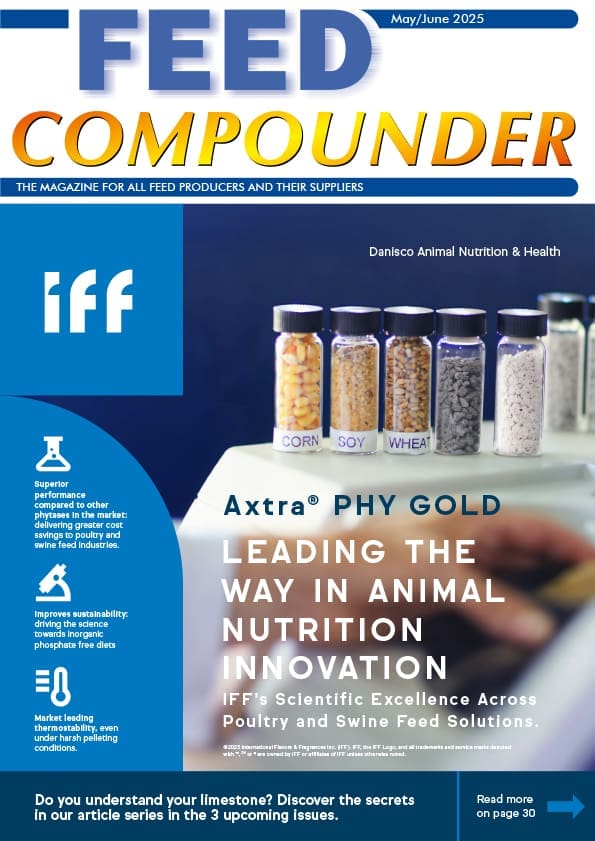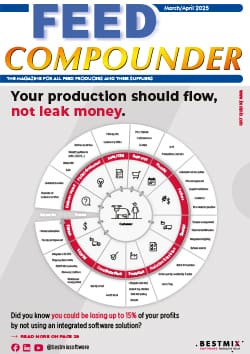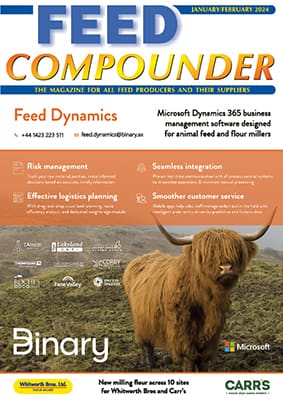Variable silage quality and quantity across the UK this year means liquid co-products could provide a valuable solution for farmers looking to stretch forage stocks, improve ration palatability, and maintain livestock performance through the winter, according to experts.
Dry weather conditions this spring and summer have led to mixed first and second-cut yields and quality, with over-mature crops affecting nutritional value.

Stark regional variations have seen first-cut silage dry matter contents range from 33.6% in Scotland to more than 43% in the East Midlands, according to the latest industry figures.
Silage stocks have also been hit hard, with some farms reporting healthy third cuts in the clamp and others already feeding first-cut due to lack of grass growth, explains nutritionist Emily Keep from co-product specialist Duynie.
“This year’s picture is very mixed, with some reporting excellent silage quality and quantity, and others lacking in both,” says Ms Keep.
“Never has there been a year where there is such a need for testing silage to know what you are dealing with and also putting together a forage budget to understand whether you will have enough to see you through the winter.”
Ms Keep says farmers facing forage shortages, or where quality is lower than expected, could consider liquid feeds as a way of balancing ration dry matter, improving the energy content, and making forage more palatable.
“Choosing the correct liquid co-products can provide an effective option to supplement forage shortfalls and boost ration palatability,” she says. “Most liquid co-products have good nutritional content, but it’s important to look at dry matter.
Loch Lomond Gold, for example, has a high dry matter of over 32%, which makes it a useful feed option. Energy also tends to be good at about 14 MJ ME/kg DM and protein around 33%, making it a good buffer feed. Farmers just need to be aware of liquid products with a dry matter of 20% or less, as these contain a lot of water, meaning you need to feed much more to deliver enough energy.”
Liquid co-products are also a great way to improve palatability, reduce sorting and boost intakes.
“The improved palatability and intakes, combined with the quality protein and energy levels, mean farmers can achieve strong production gains — both more milk in the tank and higher milk protein levels for dairy cows, as well as improved daily liveweight gains for beef cattle and youngstock,” adds Ms Keep.
Duynie has availability of high energy protein liquid feeds from sources across the North of England and Scotland and can help farmers who are new to liquid feeding transition by providing a silo free of charge.
However, Ms Keep warns that before making any nutritional changes, farmers must work with their nutritionist to understand the farm’s forage situation and the most cost-effective way to maintain production through the winter months.
“Assessing forage stocks now and planning how to fill any gaps will help avoid sudden ration changes later in the season,” she says.
“With beef and milk prices remaining favourable, farmers don’t want to compromise on yield or milk quality—or worse, reduce stock numbers—when cost-effective feed solutions are available to help stretch forage and maintain production.”
Other co-product feed options, from moist blends to potato cream, are also available and may help farmers over the winter months.
For the full range, visit www.duynie.com or contact the team on 01977 524 008 or 07821 658 735.
Benefits of liquid co-products include:
• Increasing ration nutrient density and palatability, driving higher intakes and improved performance
• Contributing to higher milk protein levels through their high energy content
• Supporting improved daily liveweight gains in beef cattle
• High digestibility and yeast enrichment
• Coating the mix to reduce sorting
• Availability all year round



